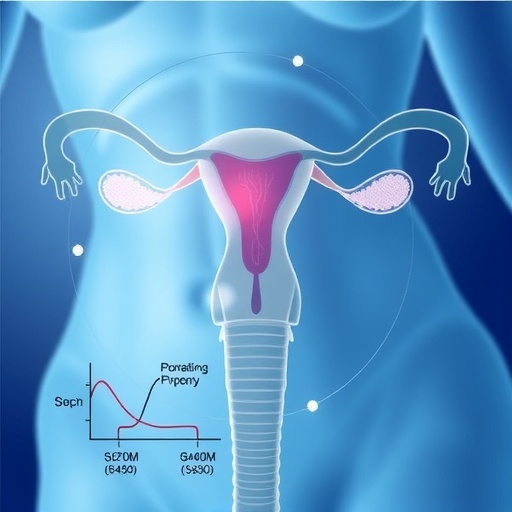Researcher says understanding genetic risk of a disease requires diverse gene pool

Credit: UW Medicine
Researchers looking to unlock the mysteries of Alzheimer’s disease have revealed new insights from old variants.
A gene called apolipoprotein E (APOE), long implicated in Alzheimer’s disease, has two variants that act differently among Caribbean Hispanics depending on the ancestral origin, according to a study published in Alzheimer’s and Dementia.
In this study, individuals with African-derived ancestry in their APOE gene had 39 percent lower odds of Alzheimer’s than individuals with European-derived APOE.
“It’s the same variant but behaving differently,” said lead author Elizabeth Blue, associate professor in the Division of Medical Genetics at the University of Washington School of Medicine.
The study looked at the relationship between APOE and Alzheimer’s between 3,067 Caribbean Hispanics and 3,028 individuals of European descent.
There are three well-known forms of the APOE gene, called alleles: APOE E2, APOE E3 and APOE E4. Each individual has two copies of the gene, and the combination determines their APOE genotype, which can then influence their risk for Alzheimer’s disease.
The E2 form is associated with protective effects, while the E4 form is the strongest genetic risk factor for developing Alzheimer’s disease. Overall, the protective E2 and harmful E4 effects on Alzheimer’s disease were still significant in the Caribbean Hispanics, but had half the impact than what’s observed in the European-ancestry sample.
“The results from our study have important implications for the use of personalized genetic risk in populations with diverse ancestries, even for well-established risk factors,” said senior author Timothy Thornton, associate professor of biostatistics at the University of Washington School of Public Health.
Researchers said additional studies using larger and more diverse datasets are needed to evaluate the complex relationship between ancestry, APOE and Alzheimer’s disease.
“When trying to understand the genetic risk of disease, there needs to be a diverse group of people to look at it from all angles,” noted Blue.
###
Co-authors include Andre Horimoto, acting instructor of biostatistics; Ellen Wijsman, UW professor of medical genetics and biostatistics and adjunct professor of genome sciences; and Shubhabrata Mukherjee, research associate professor of general internal medicine.
Implications: A cure for Alzheimer’s will need to account for a diverse gene pool.
Media Contact
Bobbi Nodell
[email protected]
206-543-7129
Related Journal Article
http://dx.



